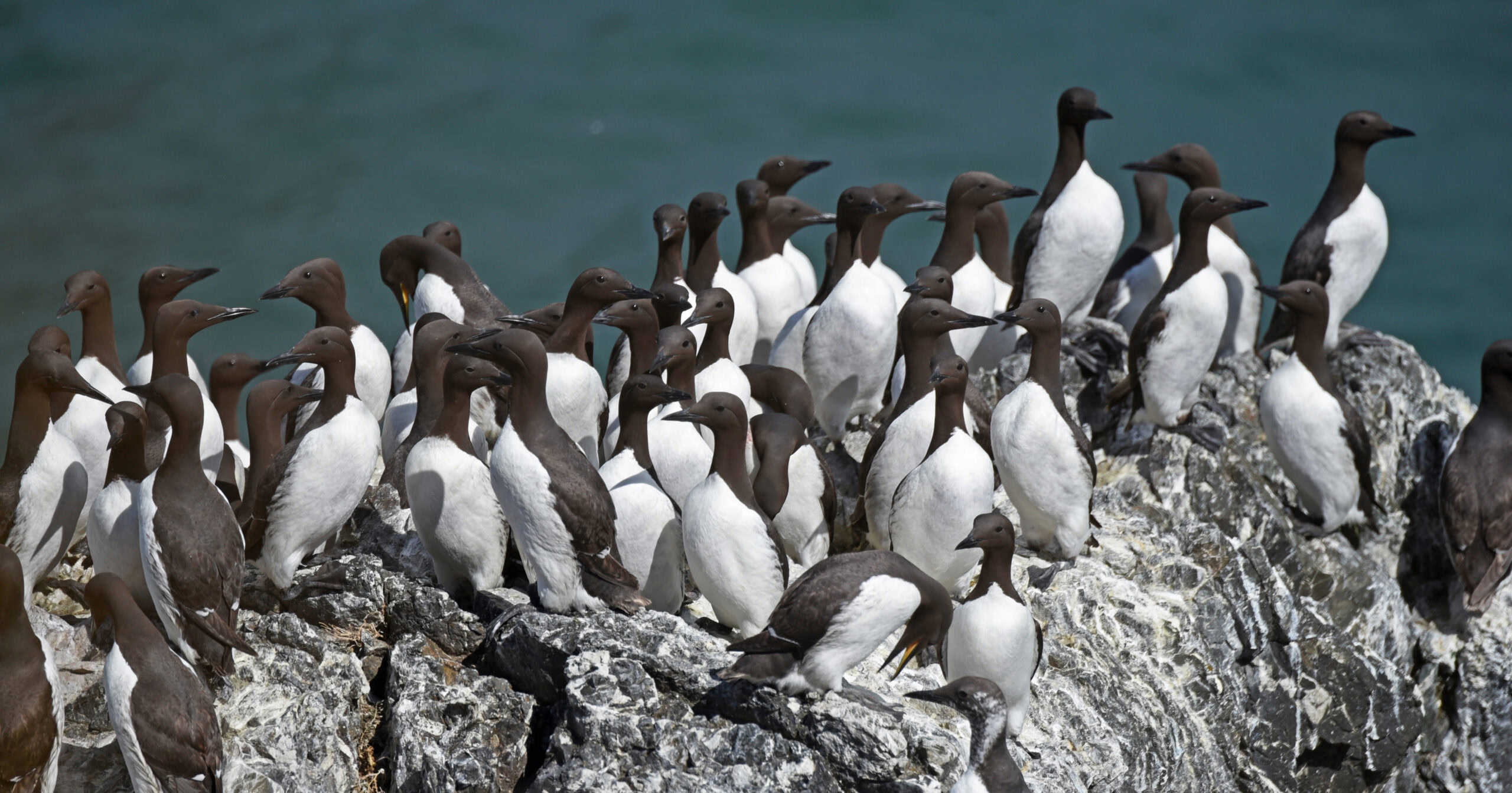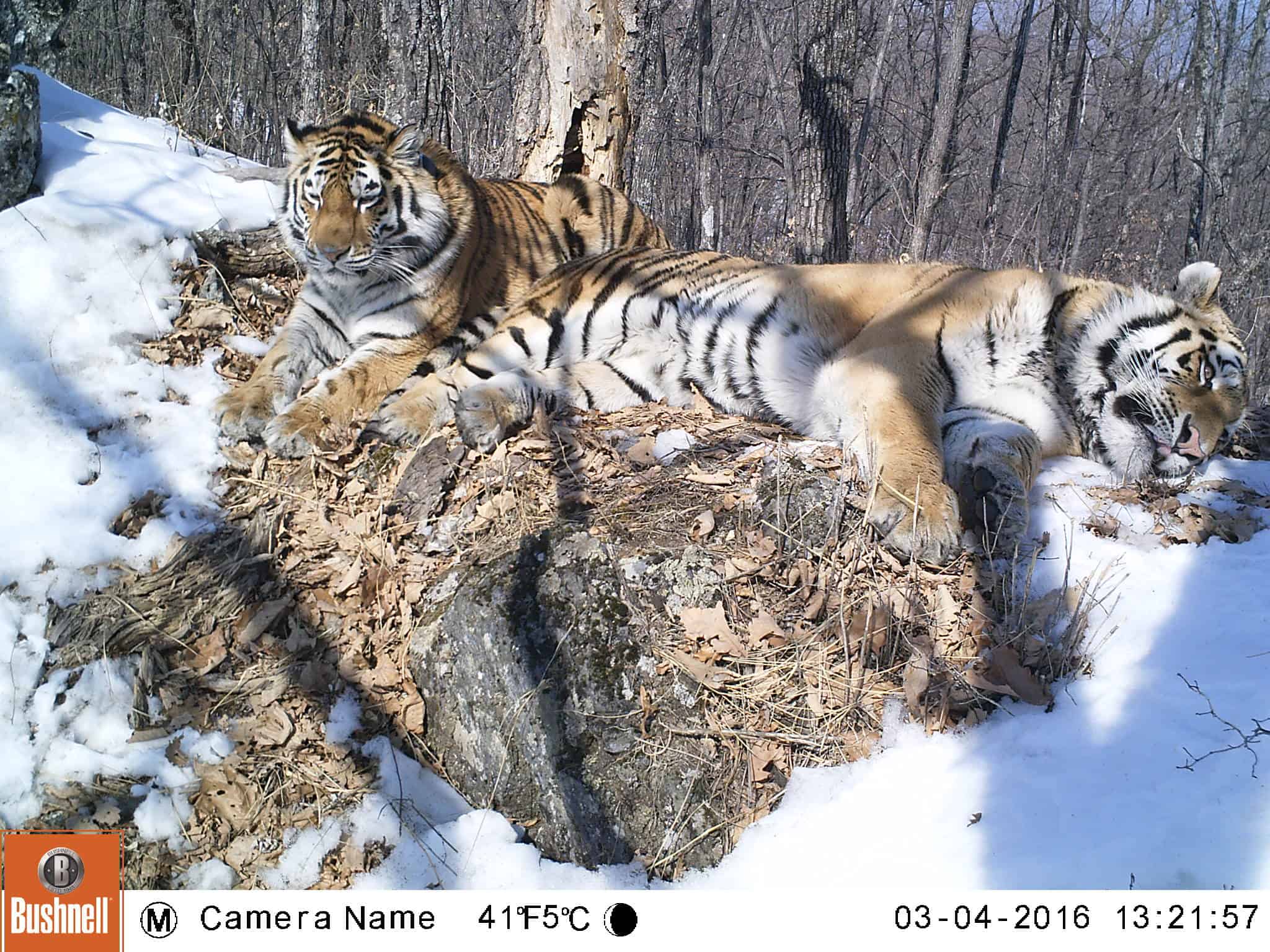Share this article
New programs tackle Burmese pythons in Florida
Florida wildlife officials have launched a number of new initiatives to tackle the spread of the invasive Burmese python, an introduced species that has been impacting native wildlife in the state for decades.
“We are encouraging the public to assist our efforts in a variety of ways,” said Carli Segelson, a habitat and species conservation spokeswoman for the Florida Fish and Wildlife Conservation Commission. “Utilizing volunteers and members of the public help us to better target removal efforts, document the spread of the species and develop management strategies.”
The Burmese python (Python bivittatus), a large nonvenomous constrictor, is found primarily in the Everglades ecosystem in south Florida. Originally part of the pet trade, the species was introduced into the wild as early as 1979. Biologists believe their numbers increased after 1992’s Hurricane Andrew destroyed a breeding facility, allowing some of the snakes to escape.
The pythons prey on native mammals, birds and reptiles and compete with native species for habitat, leaving the commission to combat growing numbers of pythons in the wild.
The Python Pickup Program encourages citizens to remove pythons they encounter, submit photos of the snakes and document their locations. Participants are entered into a monthly drawing for prizes — including snake hooks.
Through the Python Removal Contractor Program, the commission has hired 22 experienced snake-catching contractors to remove the pythons from the wild.
The commission also recently issued an executive order that allows the lethal take of Burmese pythons and other nonnative reptiles from 22 different public lands in the state, including wildlife management areas, public small game hunting areas and wildlife and environmental areas.
The goal, Segelson said, “is to help get the public involved and increase the number of pythons removed from public lands.”
An exotic species hotline, website and phone app also allow the public to report pythons and other invasive species they find.
Header Image: Burmese pythons such as this one prey on native wildlife species and compete with other species for habitat. ©Kevin Enge








